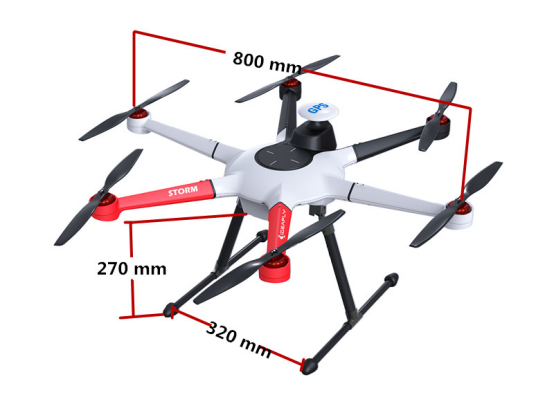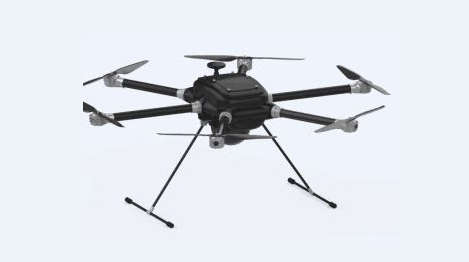With the slowing down of growth momentum in the global market, competition in the semiconductor industry will become increasingly fierce. In terms of sub-fields, in terms of wafer foundry, as some IDM operators are expected to continue to increase the proportion of OEMs, the foundry industry will still have high growth momentum in the short term. Hong Chunhui, an industry consultant at the Institute for Industry and Information Technology (MIC), said that in the future, the foundry industry will be threatened by competitors such as Globalfoundries and Samsung, which may affect the development of advanced processes and highly integrated technologies. The overall existing industry map. In addition, major industrial players are still expanding old plants and building new ones. The long-term supply and demand issues are also worth continuing attention.
In the DRAM industry, the industry competition in 2011 was still very fierce. After a brief recovery in the economy, the DRAM market sentiment turned sharply in the second half of 2010. With the major manufacturers gradually moving to more advanced manufacturing processes, the market supply and demand balance remained difficult in 2011. It is estimated that the business climate will show a large fluctuation trend.
In the wafer product market, the multimedia tablet device chip market has attracted attention, and major application processors, including Chinese companies, and peripheral chip manufacturers have invested. At the same time, the competitive battlefield between Intel and ARM continues to expand. The continuous innovation of the human-machine interface has recently led to more somatosensory manipulations, driving the development of applications such as acceleration sensors, gyroscopes, and image sensors.
In 2010, Taiwan’s semiconductor industry showed significant growth, and the SMC estimated that the overall industrial output value would reach NT$1.6 trillion, a growth of more than 30% from 2009. Looking forward to 2011, the total output value of the semiconductor industry in Taiwan will reach 1.7 trillion yuan, which is 6.2% higher than that in 2010.
In terms of foundry, Samsung, Globalfoundries and other large companies are rushing into the foundry industry. Through the development of advanced manufacturing processes and highly integrated wafer technologies, they have the opportunity to erode some customers for a long time and pose a potential threat to China’s industry. In the area of ​​IC design, driven by game consoles such as the iPhone, iPad, and Kinect and PSMove, human-machine interface innovation is expected to drive demand for MEMS sensors. According to Hong Chunhui, the MIC industry consultant of the CSI, the upstream and downstream integration of Taiwan's semiconductor industry has not yet taken shape, and IC design companies still have no place in the MEMS field. Follow-up developments need to start from the industrial chain integration.
In terms of the Chinese chip market, China Mobile is moving toward 3G. At the same time, it will also vigorously support the local IC design industry in a policy manner. It is estimated that it will threaten China's IC design manufacturers, and that the international chip makers will cut their prices and grab the market, which will enable the Chinese market. The competition is even fiercer.
Compared with sub-industries such as foundry services and IC design, Taiwan's DRAM industry exhibited a kinetic energy rebound in the first half of 2010, but the gap between process and production capacity was not narrowed compared with international companies. Since the second half of the year, it has encountered the dilemma of falling market prices. Therefore, although China’s industries once recovered in 2010, but in the major factories continue to move into more advanced processes in 2011, the market supply and demand situation is not optimistic, our companies will face higher With the pressure of competition, the overall output value will probably decline.
With the development of the UAV, more and more industries have involved with drones technique. To complete a specific task in a special situation, a customised Commercial Drone is needed to perform precisely, even in holstile environment.Commercial drones have been widely used in many fields, such as military, traffic inspection, farmland survey, powerline stringing, utilities, firefighting, lifesaving, mapping, spraying, etc. With the merits of high efficency, precise, timesaving, commercial drones have met a rapidly increasing demand in many industrial application areas.
Commercial drones including Inspection Drone, Fire Rescue Drone, Police Drone , Educational Drone.

(commercial drone)

(commercial uav)
Commercial Drone
Commercial Drone,UAV Commercial Aircraft,Small Commercial Drone,Professional Commercial Drones
Shenzhen Ideafly Technology Co., Ltd. , http://www.ideaflyuav.com